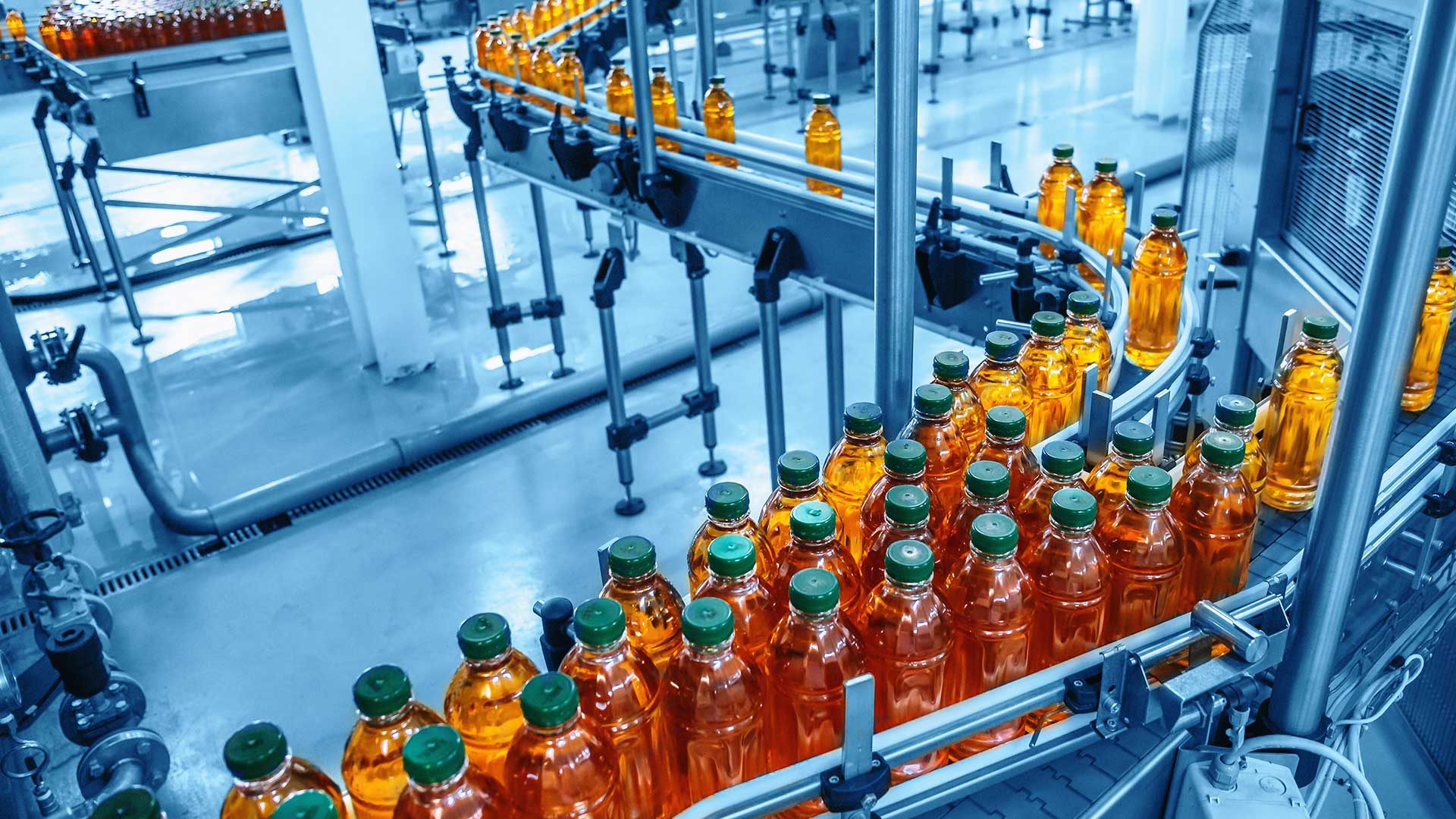Minnesota is home to many emerging food and beverage businesses that are ready to take the next step in their development. These small and medium-sized companies create jobs and revenue as well as bring investment capital into the state. They also benefit related sectors like Minnesota’s agricultural economy.
A key issue has emerged, however, that threatens to minimize the positive economic impact in the scale up potential of the state’s flourishing food and beverage sector: access to right-sized manufacturing.
Capacity and Access
A perception among many companies is that Minnesota lacks capacity for and access to affordable, right-sized manufacturing options. When businesses are ready to grow, many small food brands struggle to find establishments that can affordably manufacture their products, also known as a co-packer, in Minnesota. When it is time to ramp up production and reach new markets, homegrown businesses are often forced to move production to wherever they can find affordable manufacturing capacity, oftentimes moving out-of-state as a result. Others even forego new revenue and business potential by not scaling up even when demand exists.
Meanwhile, co-packers are under pressure to maintain positive profit margins by ensuring their operations are efficient as possible. As a result, manufacturing for a small food brand with low volume requirements often is not feasible or profitable.
The COVID-19 pandemic further exacerbated the issue. Today, consumers are buying more food at grocery stores. As a result, large food manufactures are competing for capacity in the contract manufacturing sector to keep up with demand.
Researching the Challenges and Opportunities
To identify and quantify this issue, the Agricultural Utilization Research Institute (AURI) in partnership with the Minnesota Department of Agriculture (MDA), commissioned a report to study the underlying challenges and opportunities.
The goal of the report is to identify and describe both the current state of Minnesota’s small food and beverage business contract manufacturing, and the state’s “manufacturing lease” infrastructure. The research also intends to catalogue the frequency of businesses leaving the state to find manufacturing partners and quantify the underutilized and untapped manufacturing capacity in Minnesota that could be harnessed by food and beverage businesses. The report also provides recommendations on which actions the state and other industry supporters should explore to expand local processing opportunities for scaling Minnesota food and beverage companies.
When published, the report will not only recommend specific programming and policy action steps that can address these issues and support further economic development, but also quantify the impact of investment in Minnesota’s food and beverage manufacturing sector.
AURI contracted the Region Nine Development Commission to complete the report. As part of the research, Region Nine interviewed several large and small business owners and food innovation ecosystem support agencies. AURI hosted a webinar
in February 2021 highlighting preliminary findings of this work along with insight from MDA and perspectives from Sunil Kumar who leads a scaling food business. A recording of the webinar is available on the AURI website.
The Purpose of the Assessment
“What we hear from businesses is that when they are ready to move to the next step and start ramping up production, they run into issues. Either they can’t find a manufacturing partner that fits with their business model, or they can’t meet the minimum order quantity the manufacturer requires. So, they look for a co-packer in another state, or they stay where they are in terms of production and don’t take advantage of new market opportunities,” said Jason Robinson, AURI’s business development director–food. “The purpose of this assessment is to highlight those pain points and really understand the problem we need to solve because ultimately we want to keep those businesses growing in Minnesota and even attract and support new ones.”
The assessment is important work. Financial investment in this space creates a positive financial ripple effect. According to the assessment, Minnesota sees a greater return on GDP tied to investment in food and beverage manufacturing than in any other industry in the state.
The state of Minnesota has also been studying this topic for many years. The MDA has already compiled and published an online directory of the state’s co-packers on its website to assist food and ag businesses. More work is needed to make connections and help the industry, said Brian Erickson, the new markets program manager at MDA. There are many avenues to explore as part of the overarching discussion, Erickson said. The report will hopefully provide guidance on the most effective next steps.
Working Towards Solutions
“There is no easy solution to this problem,” said Erickson. “We are not expecting this report to be the silver bullet and answer all of [the] questions. What it will do is provide all of us who are supporting these businesses with a series of concrete recommendations and additional questions we need to be asking, and places that we can provide some resources to help further support this industry.”
“Both food businesses and co-packers have a vested interest in this research and the associated solutions,” Robinson said. “Creating an environment in which right-sized manufacturing is a profitable business model benefits everyone, from the consumer to the retailer to the brand. For AURI, this work is well-aligned with our mission to foster long term economic benefit for Minnesota.”
“Notably, this problem is not specific to Minnesota, but with the right public and private partnerships, Minnesota has a chance to lead the nation forward on this issue,” Robinson said.
Watch the webinar: Discussing Food and Beverage Manufacturing in Minnesota.

